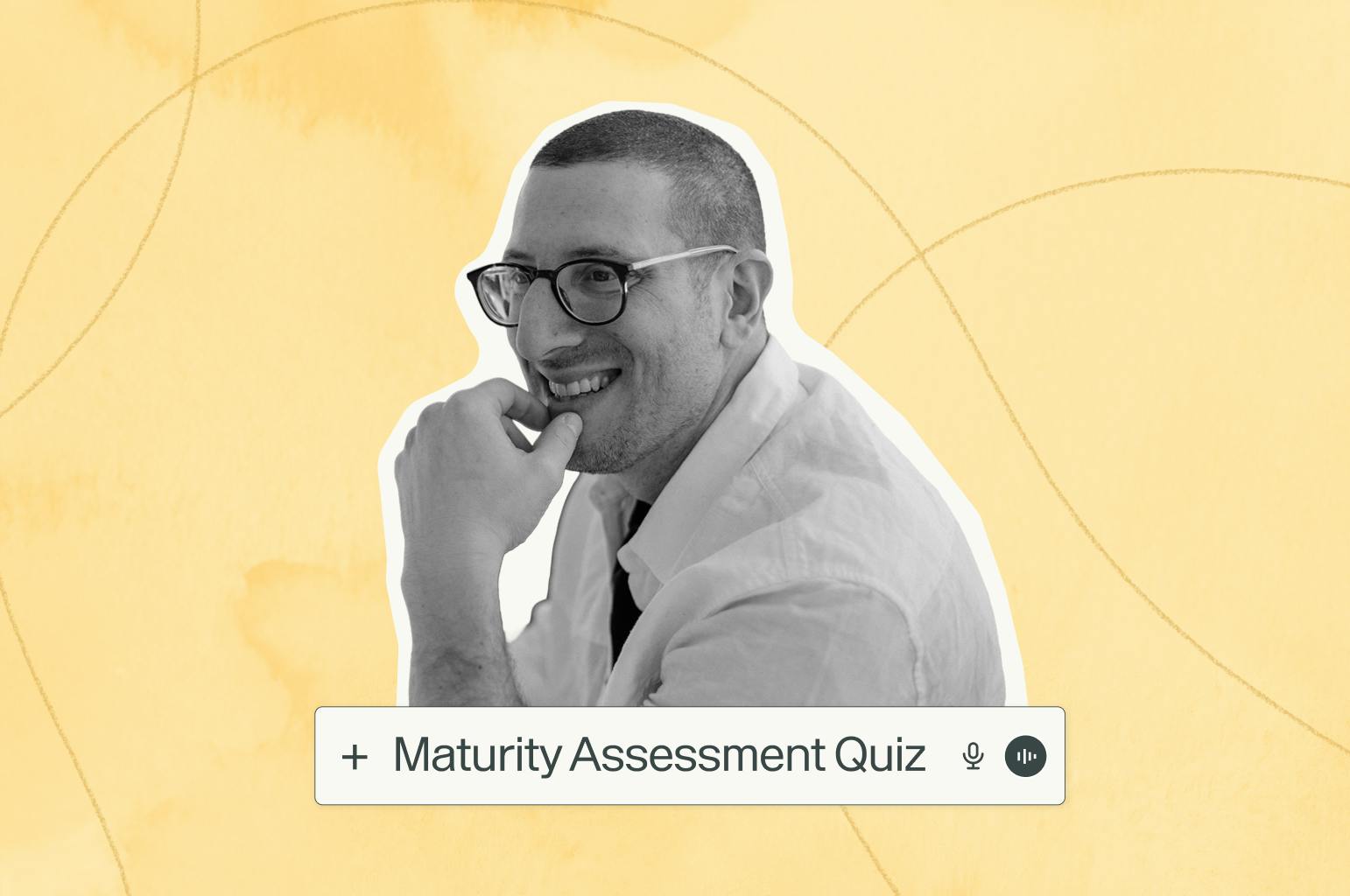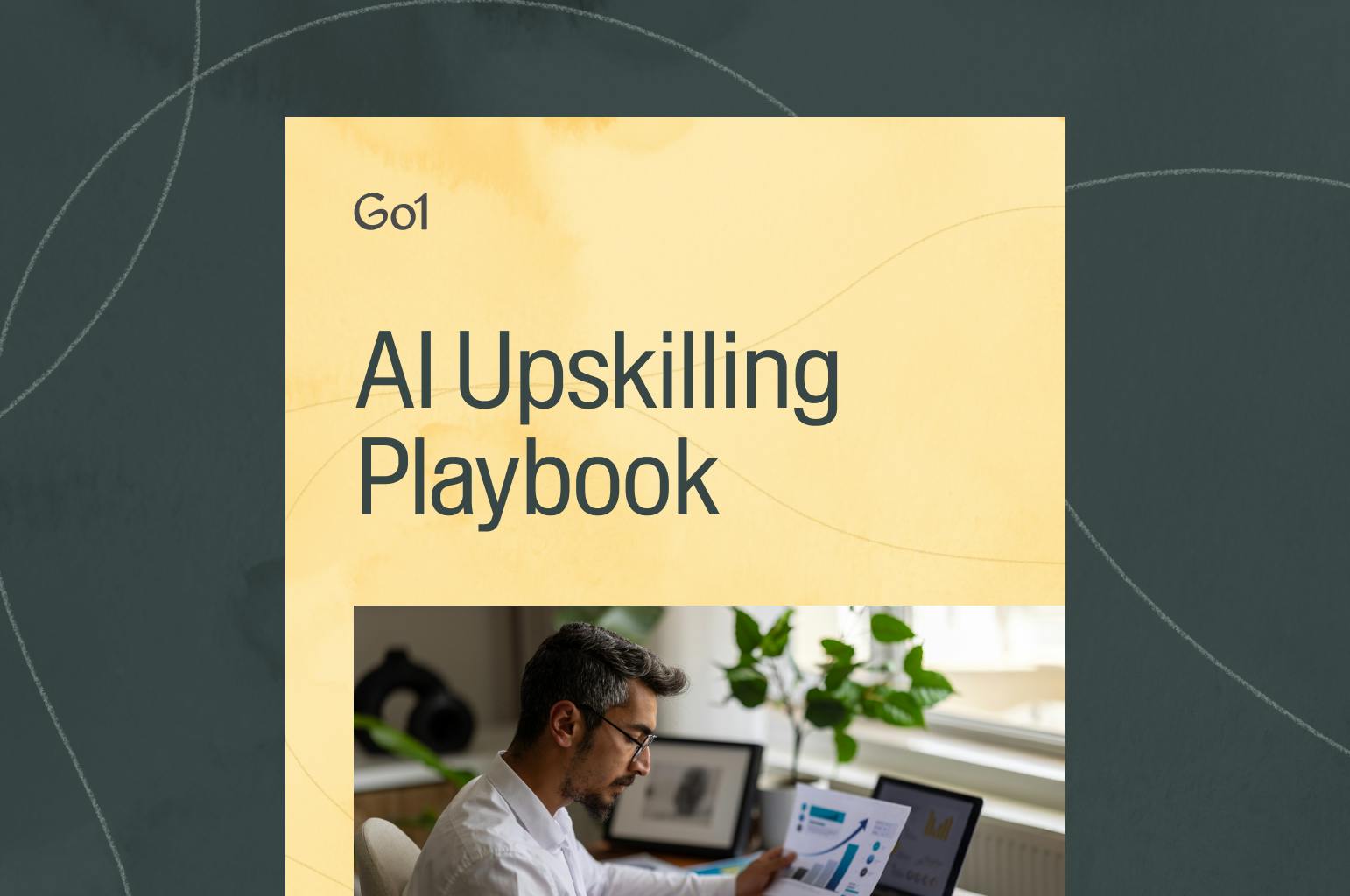Digital literacy isn’t just another skill—it's essential

Almost all jobs in 2025 require digital skills, but many organizations still don't treat digital literacy as a business priority.
That’s a pretty big risk. Digital literacy is no longer optional—it’s essential to productivity, collaboration, and security. A strong digital literacy program helps employees work smarter, stay safe, and adapt to change.
Why digital literacy matters at work
- More efficient work: You can automate tasks, troubleshoot issues, and use tools like spreadsheets or CRMs with confidence
- Seamless collaboration: With tools like Slack, Teams, or Google Workspace teams can connect across time zones and work styles
- Security know-how: Recognizing phishing, managing passwords, and understanding basic cybersecurity practices are a must in 2025
- Fast adaption to change: Keeping pace with evolving technology and new workplace expectations has never been so crucial
If your employees struggle with these basics, it’s definitely time to build a more structured learning experience.
Three digital skills to include in employee training
- Data handling: From spreadsheets to dashboards, help teams analyze and visualize information.
- Digital communication: Virtual etiquette, collaboration platforms, and asynchronous tools.
- Cybersecurity awareness: Recognize phishing, protect sensitive data, and use strong password practices.
How to build a digital literacy program, without the complexity
Start with a skills audit
What’s holding your team back? Where do they need support? A simple self-assessment or team survey will help uncover gaps. To make it easier, we researched the biggest skills of today and created a self-assessment (linked below) that you can download and share with teams. After you get results, start to set measurable goals like: 90% course completion within 6 months or 60% drop in phishing-related incidents.
Digital literacy checklist
Create a focused, flexible curriculum
Instead of overwhelming your team with dozens of generic courses, focus on what matters most:
- Foundational tools: Email, spreadsheets, cloud storage
- Job-specific tools: CRMs, analytics platforms, task managers
- Security basics: Phishing prevention, safe file sharing, and privacy compliance
Need a shortcut? Download our digital literacy curriculum checklist.
Deliver content without extra admin
You don’t need to source content manually anymore. With Go1, you have access to expert-led training on digital tools, cybersecurity, and more—all through one subscription. And your team benefits from:
- Bite-sized modules that lead to better retention
- Blended learning options for more flexibility
- Real-world examples that make learning relatable
Make it comprehensive: Scale, tailor, and track
A strong digital literacy program is one that adapts as your business grows. Here's how to make it more comprehensive and scalable:
Tailor by role
Go beyond generic content by customizing tracks and assigning curated learning paths by team or job function.
- Sales? Focus on CRMs and video tools.
- Ops? Prioritize spreadsheets and automation.
- Data teams? Dive into analytics and dashboards.
Roll it out in phases
Avoid overwhelm by breaking learning into clear phases to keep momentum high and builds confidence along the way.
- Phase 1: Core tools and cybersecurity
- Phase 2: Collaboration and communication platforms
- Phase 3: Advanced tools, AI literacy, and automation
- Phase 4: More niche, specific digital skills
Track success
Use built-in dashboards or self-assessments to track the skill gained over time, any reduction in IT support needs, and overall course engagement and completion rates. Overtime, you'll see small wins turn into big progress.
Related Articles

Application Guide: How to use the Go1 AI for L&D Maturity Assessment to assess our workforce AI capability

AI upskilling made clear: A practical guide to building an AI-ready workforce

Go1 welcomes PepTalk

5 Data-Backed Insights Shaping the Future of AI in Workplace Learning

Essential skills, simplified training
Essential skills,simplified training
Supporting your workforce doesn’t have to be complicated.